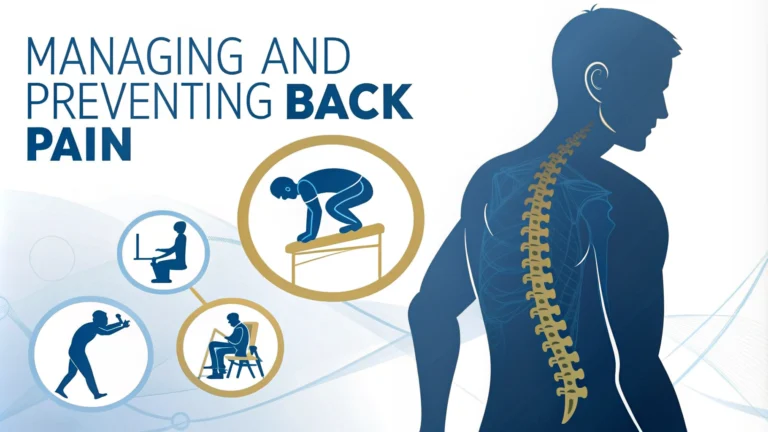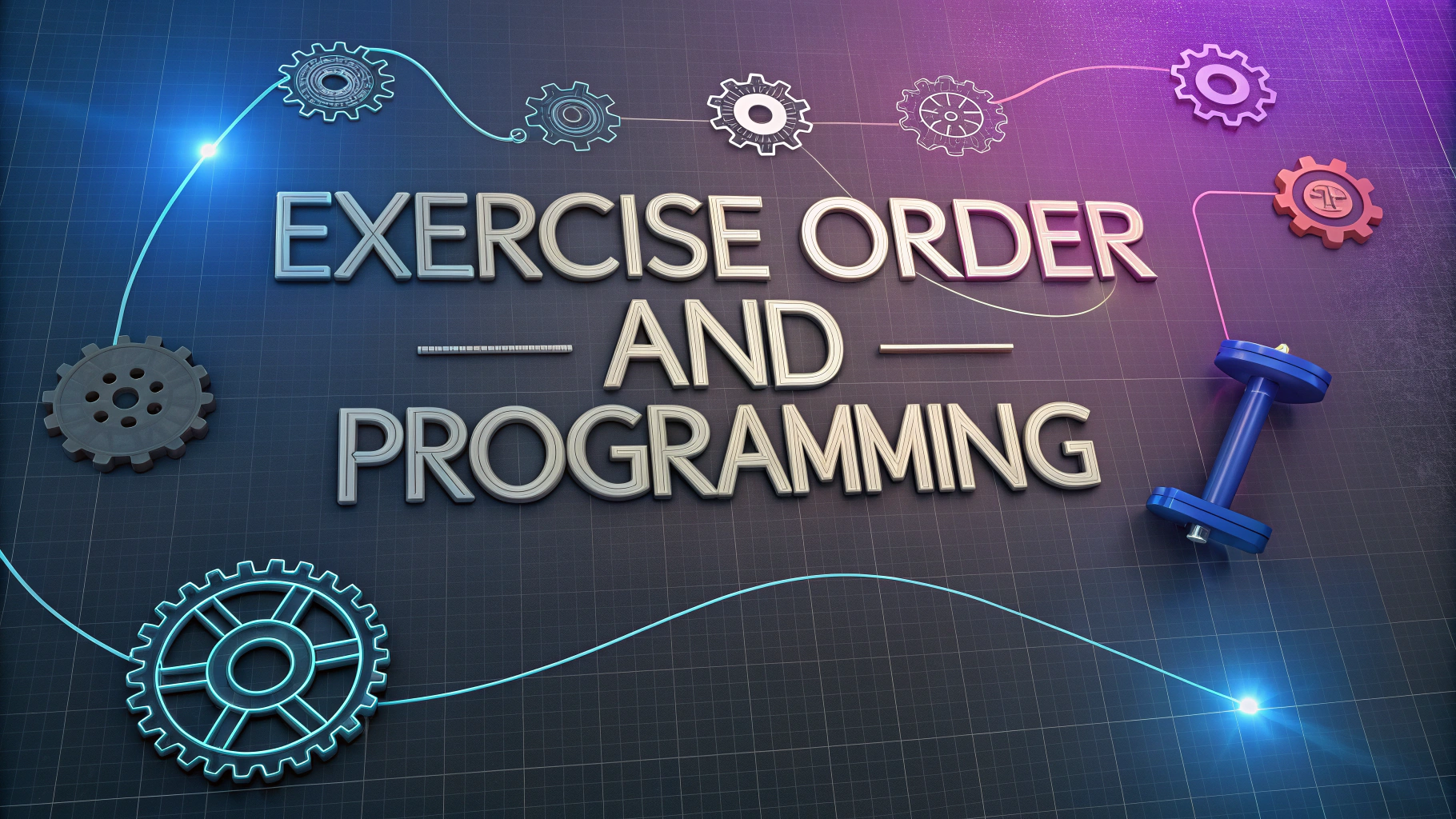Back pain affects millions of people worldwide and can significantly impact daily activities.
Understanding Back Pain
The spine consists of vertebrae, discs, muscles, and ligaments working together to support movement and posture.
- Acute pain: Lasts less than 6 weeks
- Chronic pain: Persists for 3 months or longer
- Mechanical pain: Related to muscle strain or movement
- Nerve pain: Often radiating down legs or arms
Common Causes
- Poor posture
- Incorrect lifting techniques
- Sedentary lifestyle
- Sports injuries
- Degenerative conditions
Prevention Strategies
Exercise
- Core strengthening exercises
- Low-impact activities like swimming
- Regular stretching
- Walking 30 minutes daily
Workplace Ergonomics
- Screen at eye level
- Chair with lumbar support
- Feet flat on floor
- Regular movement breaks
Treatment Options
| Method | Benefits |
|---|---|
| Physical Therapy | Custom exercises, manual therapy, posture correction |
| Massage | Muscle relaxation, improved circulation |
| Heat/Ice Therapy | Pain relief, reduced inflammation |
When to Seek Medical Help
Contact a healthcare provider if back pain:
- Persists beyond 6 weeks
- Includes numbness or tingling
- Affects bladder or bowel function
- Follows trauma or injury
Recommended Products
- Ergonomic office chairs ($200-500)
- Lumbar support cushions ($20-40)
- Memory foam mattresses ($500-1200)
- Foam rollers ($15-30)
For professional help, contact:
- American Physical Therapy Association: www.apta.org
- American Chiropractic Association: www.acatoday.org
Remember to consult healthcare professionals before starting any new exercise program or treatment plan.
Lifestyle Modifications
Diet and Weight Management
- Maintain healthy weight to reduce spine pressure
- Anti-inflammatory foods
- Adequate calcium and vitamin D intake
- Stay hydrated throughout the day
Sleep Habits
- Use supportive mattress
- Sleep with neutral spine alignment
- Place pillow between knees when side sleeping
- Avoid sleeping on stomach
Alternative Therapies
| Therapy | Potential Benefits |
|---|---|
| Acupuncture | Pain relief, reduced muscle tension |
| Yoga | Flexibility, strength, stress reduction |
| Mindfulness | Pain management, reduced anxiety |
Long-term Management
- Regular exercise routine
- Stress management techniques
- Proper body mechanics
- Periodic professional assessments
Conclusion
Effective back pain management requires a comprehensive approach combining proper posture, regular exercise, and appropriate lifestyle modifications. While various treatment options exist, prevention through good habits and early intervention remains key. Always work with healthcare professionals to develop a personalized plan suited to your specific condition and needs.
Remember that recovery takes time and consistency. Stay patient with the process and maintain recommended practices even after pain subsides to prevent recurrence.
FAQs
- What are the most common causes of back pain?
Common causes include poor posture, muscle strain, herniated discs, arthritis, osteoporosis, and injuries from lifting heavy objects incorrectly. Sedentary lifestyle and obesity can also contribute significantly to back pain. - How can I improve my posture to prevent back pain?
Keep your shoulders back, maintain a neutral spine position, engage your core muscles, and ensure your computer screen is at eye level. When sitting, keep feet flat on the floor and use a chair with proper lumbar support. - What exercises are best for strengthening the back?
Low-impact exercises like swimming, walking, and yoga are beneficial. Specific exercises including bird-dog poses, bridges, and gentle stretches like cat-cow can help strengthen back muscles and improve flexibility. - Should I apply ice or heat for back pain?
Apply ice for acute injuries and new pain (first 24-48 hours) to reduce inflammation. Use heat for chronic pain and muscle tension to increase blood flow and relax muscles. - When should I see a doctor for my back pain?
Seek medical attention if pain persists beyond a few weeks, radiates down your leg, causes weakness or numbness, or is accompanied by unexplained weight loss or fever. - What role does diet play in managing back pain?
Anti-inflammatory foods like leafy greens, fatty fish, and berries can help reduce inflammation. Maintaining healthy weight through proper nutrition reduces stress on your back. - Is bed rest recommended for back pain?
Extended bed rest is not recommended. Light activity and movement within pain limits help speed recovery. Limit rest to 1-2 days maximum for acute pain. - What sleeping position is best for back pain?
Sleep on your side with a pillow between your knees, or on your back with a pillow under your knees. Avoid sleeping on your stomach as it can strain your neck and back. - How can I prevent back pain while working at a desk?
Use an ergonomic chair, take regular breaks to stretch and walk, maintain proper monitor height, and practice good posture. Consider using a standing desk periodically. - What lifestyle changes can help manage chronic back pain?
Maintain healthy weight, quit smoking, exercise regularly, practice stress management techniques, ensure adequate sleep, and use proper lifting techniques in daily activities.







